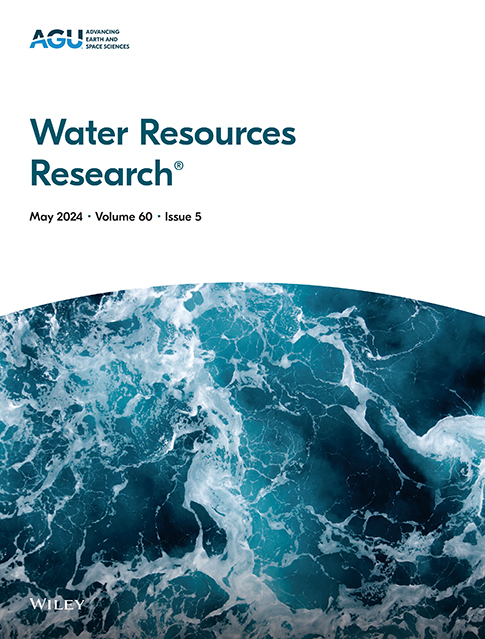Reanalysis and Forecasting of Total Water Storage and Hydrological States by Combining Machine Learning With CLM Model Simulations and GRACE Data Assimilation
IF 4.6
1区 地球科学
Q2 ENVIRONMENTAL SCIENCES
引用次数: 0
Abstract
Hydrological Models face limitations in simulating the water cycle due to deficiencies in process representation and such problems also weaken their forecasting skills. Here, we use Machine Learning (ML) to forecast the Gravity Recovery and Climate Experiment (GRACE) derived total water storage anomaly (TWSA) up to 1 year ahead over Europe with near real-time meteorological observations as predictors. Subsequently, we assimilate the forecasted and GRACE TWSA into the Community Land Model (CLM) to enhance its performance in both reanalysis and forecast. As found in five hindcast experiments, ML forecasted TWSA for the following year fits quite well to the actual GRACE observations over Europe, with an average correlation of 0.91, 0.92, and 0.94 in the Iberian peninsula, Danube, and Volga basins. Validation by observations and reanalysis data suggests that assimilating forecasted TWSA can improve CLM's capacity to forecast not only hydrological states but also hydrological droughts. Additionally, ML forecasted TWSA is a viable alternative to GRACE data in terms of enhancing hydrological forecasting on seasonal to annual scales through Data assimilation (DA). We also highlight the contribution of GRACE DA for generating a CLM based TWSA reanalysis that overcomes deficiencies of purely model-based TWSA. This study suggests that seasonal drought or water resource forecasting services might not only consider to integrate GRACE TWSA but would also benefit from constraining models with ML-forecasted TWSA. At shorter timescales, such forecasts could also be useful in the quick-look analysis of near real-time TWSA processing as is suggested for upcoming satellite gravity missions.求助全文
约1分钟内获得全文
求助全文
来源期刊

Water Resources Research
环境科学-湖沼学
CiteScore
8.80
自引率
13.00%
发文量
599
审稿时长
3.5 months
期刊介绍:
Water Resources Research (WRR) is an interdisciplinary journal that focuses on hydrology and water resources. It publishes original research in the natural and social sciences of water. It emphasizes the role of water in the Earth system, including physical, chemical, biological, and ecological processes in water resources research and management, including social, policy, and public health implications. It encompasses observational, experimental, theoretical, analytical, numerical, and data-driven approaches that advance the science of water and its management. Submissions are evaluated for their novelty, accuracy, significance, and broader implications of the findings.
 求助内容:
求助内容: 应助结果提醒方式:
应助结果提醒方式:


